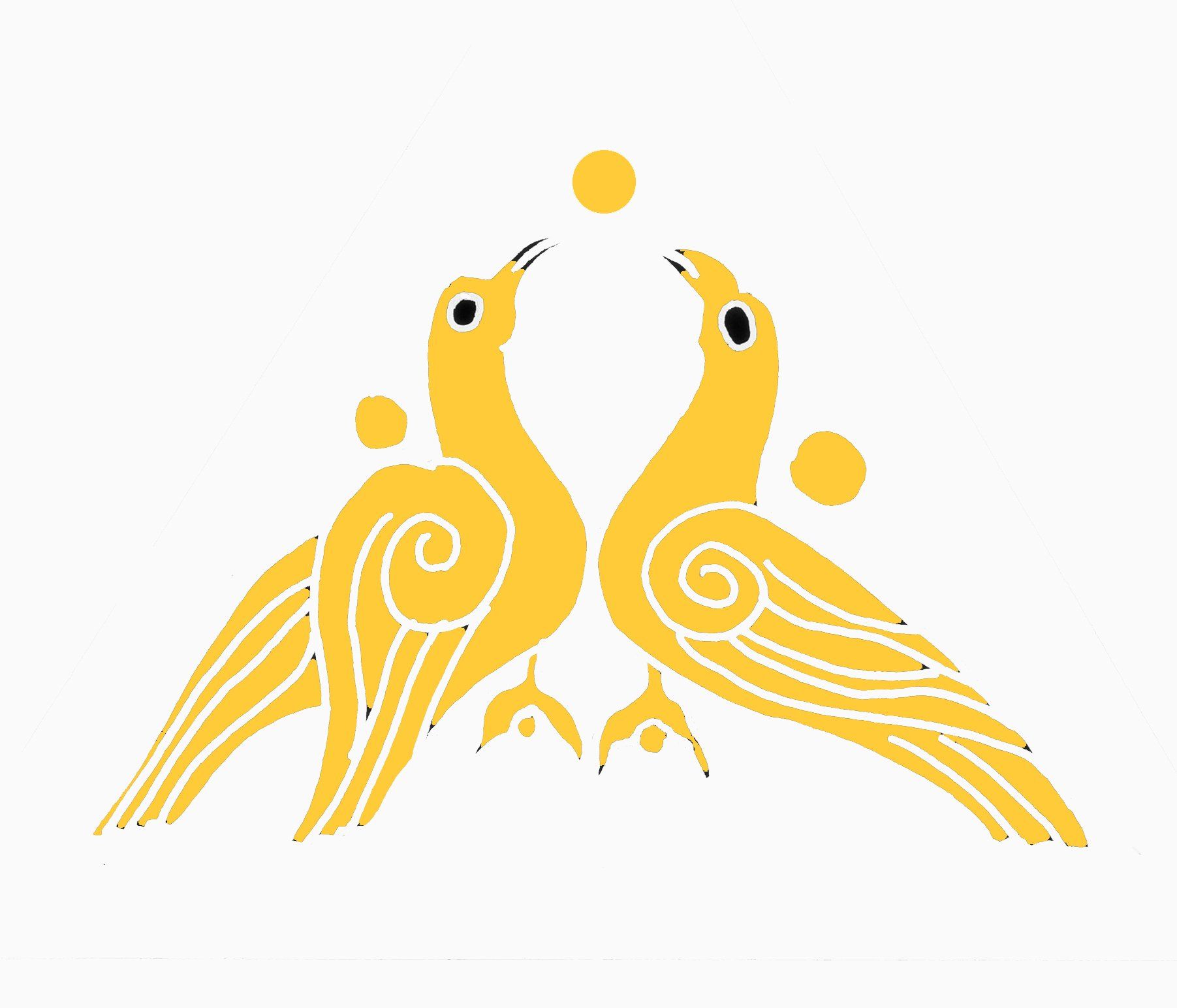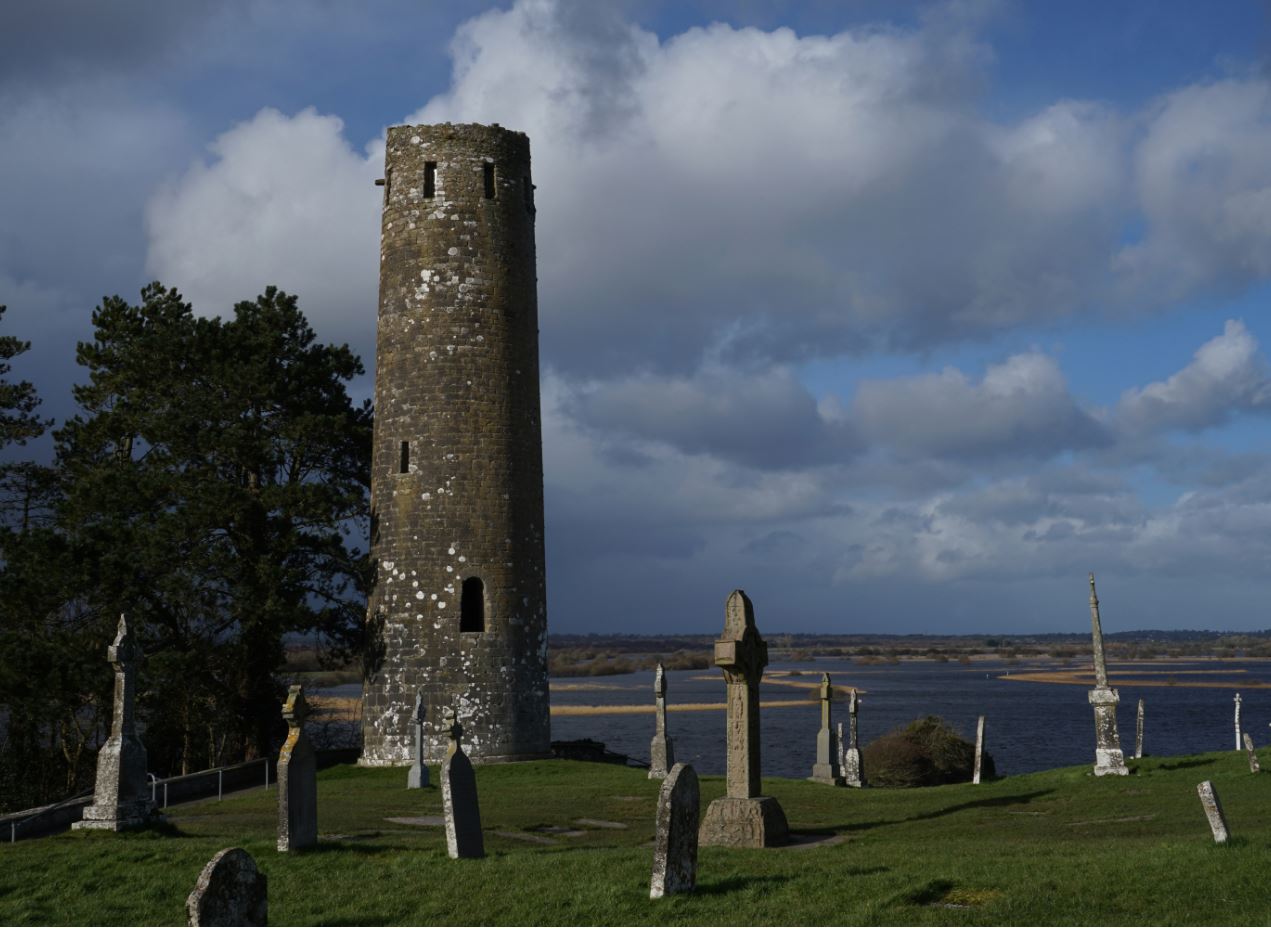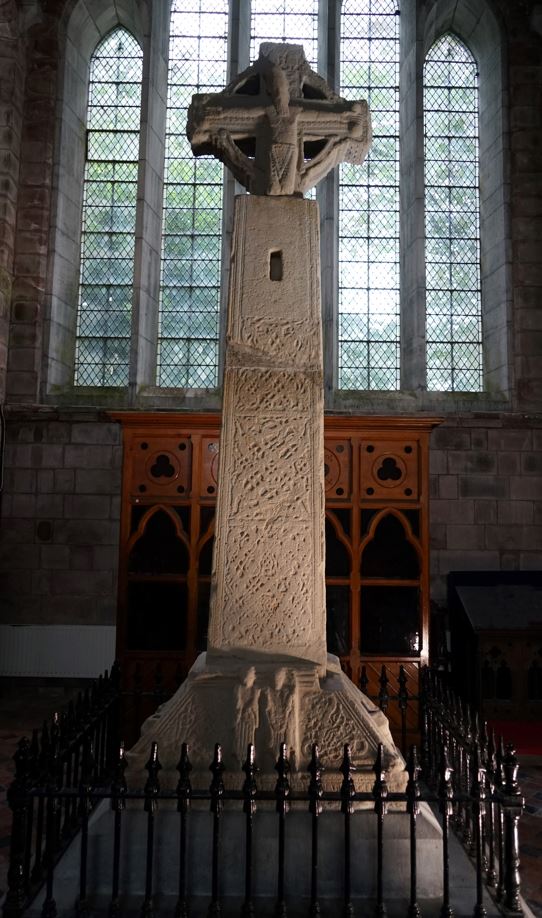1118 - the West's awake
Toirrdelbach Mór Ua Conchobhair was the youngest son of Ruaidrí na Saide Buide. His mother was Mór, daughter of Toirrdelbach Ua Briain, from whom he likely inherited his first name. Therefore, he was a nephew of Muirchertach Ua Briain, who convened the synods of Cashel in 1101 and Ráith Bressail in 1111. In 1106, Muirchertach helped the young Toirrdelbach (then only 18) to take the kingship of his native Connaught in the west, a position that he would hold for nearly fifty years. However, by 1114 his uncle had become ill, and Toirrdelbach seised the opportunity to secure his extend his power and influence outside Connaught.
In 1118, following the footsteps of his maternal ancestor Brian Bórama
over a century earlier, Toirrdelbach marched to Dublin, and in so-doing he effectively claimed the title as high-king of Ireland for himself. A year later Muirchertach died after a long illness, and no doubt Toirrdelbach intended to fill the power vacuum. However, while Toirrdelbach may have fancied himself as high-king, there were others who opposed him.
Between 1115 and 1130 Toirrdelbach consolidated the frontiers of Connaught with fortified sites and bridges. He is the first Irish king reported to have constructed castles in Ireland (for example, at Galway in 1124 and Athlone in 1129). None of these survive today, and it is not clear what form they took, but they may have resembled the Norman castles (largely wooden structures) that were a common feature in England and France at this time. In 1120 Toirrdelbach built a bridge at Athlone and used it to cross the River Shannon from Connaught into Meath, whereupon he banished its king Murchad Ua Mael Sechlainn. By this time he had married Mór, the daughter of Muirchertach’s old enemy, Domnall Mac Lochlainn of Ulster. When Domnall died in 1121, Toirrdelbach looked set to claim the high-kingship of Ireland, without opposition.
However, his ambitions were thwarted back in Munster, where the events a few years earlier came back to haunt him. In 1116 he had burned Kincora near Killaloe, the royal palace of the Ua Briain. As a result, his uncle Muirchertach, the most powerful king in Ireland for over twenty years, was forced into retirement at the ancient monastery of Lismore, Co. Waterford. Munster was in chaos as fighting broke out between members of the Ua Briain family over who should replace Muirchertach as king. In a classic attempt to divide and conquer, Turlough divided Munster between his mother’s family, the Ua Briain, and the Mac Carthaig. However, over the following years the rise of the Mac Carthaig would become a problem for Turlough outside Munster, and in 1125 Cormac Mac Carthaig formed an alliance with Murchad Ua Mael Sechlainn, king of Meath. Turlough retaliated by deposing Murchad. As he had previously done in Munster, he now divided the kingdom of Meath, this time in four parts. He allotted one portion to Tigernán Ua Ruairc in return for his support. At this time, Tigernán was still a minor player on the political scene, but he would later become a key figure in Irish history. The problem for Turlough was that Tigernán’s loyalty could not be trusted. This came to pass in 1133 when Tigernán joined Cormac Mac Carthaig, king of Munster, in a military offensive by land and sea into Connaught. Toirrdelbach Ua Conchobhair was forced to sue for peace. Cormac Mac Carthaig died in 1138, but no sooner had one obstacle been removed for Toirrdelbach, than another appeared. For the next twenty years, Toirrdelbach was the most powerful king in Ireland, but he never succeeded in achieving complete domination of all the Irish kingdoms.
It has often been said that Toirrdelbach, unlike his uncle Muirchertach, took little part in the church reforms that were taking place during this period. Toirrdelbach certainly showed little interest in supporting the ambitions of Armagh in Ulster, let alone his uncle’s foundation at Cashel in Munster. However, when Dublin’s bishop died in 1121, Armagh tried to take control of the see of Dublin and prevent Canterbury’s interference. The citizens of Dublin asserted themselves, and with Toirrdelbach’s support, elected a new bishop, Gréne, who was sent to Canterbury for consecration. It appears that Toirrdelbach was actively supporting the promotion of Dublin, which had been subsumed into the diocese of Glendalough at Rathbreasail in 1111. In 1124 Toirrdelbach turned his attention to Clonmacnoise on the River Shannon, which was effectively situated on the boundary between Connaught and the kingdom of Meath. Here he assisted the abbot in building the round tower that still stands there today. This is reminiscent of the fact that his uncle Muirchertach appears to have assisted in the building of the round tower that still stands at the Rock of Cashel. Like Dublin, Clonmacnoise was not recognised as the seat of a diocese at the Synod of Rathbreasail in 1111. By helping to build a round tower at Clonmacnoise, Toirrdelbach was also supporting the church here in its claim as worthy of recognition as an episcopal see. In Connaught itself he also actively supported the church and promoted it onto the national stage. At the Synod of Rathbreasail in 1111, Tuam in Galway had been recognised as one of the five dioceses of Connaught, though all of these formed part of the arch-diocese of Armagh. During the 1120s, Toirrdelbach led attempts to undermine Armagh’s influence in the west and elevate the ancient monastery at Tuam to become the primary church in Connaught. As part of this campaign to raise the status of Tuam, Toirrdelbach commissioned a stone cross, which has become known as the Market Cross of Tuam. The cross is decorated with panels of interlaced zoomorphic ornament in what is known as Hiberno-Urnes style, and clearly represents an attempt to copy the processional Cross of Cong. In 1123, a relic of the True Cross was brought to Ireland, and Toirrdelbach had it enshrined within an elaborate processional at Roscommon. This cross is known today as the Cross of Cong, and it can be viewed in the National Museum of Ireland. For many years this shrine was housed at the Augustinian abbey at Cong, Co. Mayo, founded by Toirrdelbach in 1134.
Like his uncle Muirchertach before him, Toirrdelbach Ua Conchobhair never succeeded in achieving complete domination of the kingship of all Ireland. However, during his lifetime, he ensured that power had now swung from Munster in the south, to Connaught in the west. In parallel to the new dominance of Connaught in secular power across Ireland was the rise of Tuam in the Ua Conchobhair heartlands as the only real contender for the head of a new archdiocese in the west, an achievement that Toirrdelbach would live to see in 1152. However, when he died, Toirrdelbach was not buried at Tuam. Instead, he chose to be buried beside the altar of St Ciarán within the cathedral at Clonmacnoise on the banks of the Shannon.



